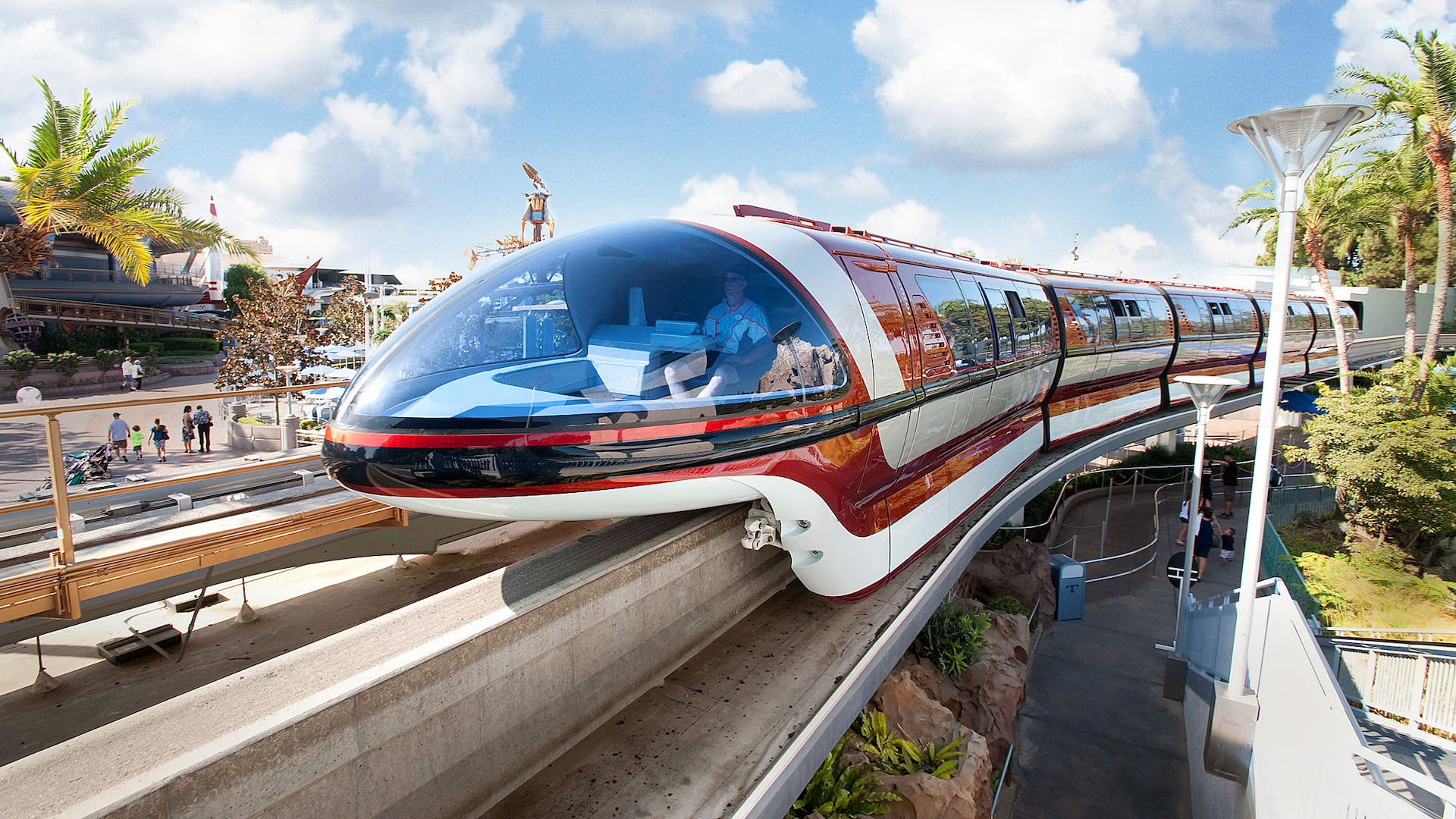Perhaps 400 to 200 is an overstatement - but not by far. For my P85D it was 250 (summer) down to 150 (winter). For my P3D- it is 300 down to 190. I have a 180-190 mile trip I do frequently - this means with the P85D in winter I had to turn heating down to 65F (from my usual 73) and speed down to 60 mph (from ~70-75 mph - typical traffic speed in the area). With the P3D I keep my usual temp and speed, but I barely make the trip - in fact I had to supercharge once as I had 3 passengers and the range plummeted.
A denser SC network would be nice, but it would not make me exceedingly happy to get out in -20F and hook the charging cable. I would also be confined to the SC, as walking from where the SC is located to the nearest store in that cold is no fun either.
Then you have the airport trip - in their infinite wisdom, Minneapolis airport provides 8 stalls for L2 charging - which are constantly taken. Why in the world would I need to charge in 8 hours to full if I am flying out for at least couple days is beyond me. There is no 110V outlet to plug in for the trickle charge - which would be what is needed to keep the charge / replenish at the slow rate when gone. Range loss is 5-10 miles /24 hours, depending on how cold it is. That means no Tesla when we go for a 1 week trip in winter, as there will be not enough to return home without supercharging - it is only a 20 mile detour to do that

.
So yes, cannot wait for the 400+ miles Tesla. And I say this after 5 years and 3 Tesla's. Also this is why for me the competition BEVs are so hopelessly inadequate.



